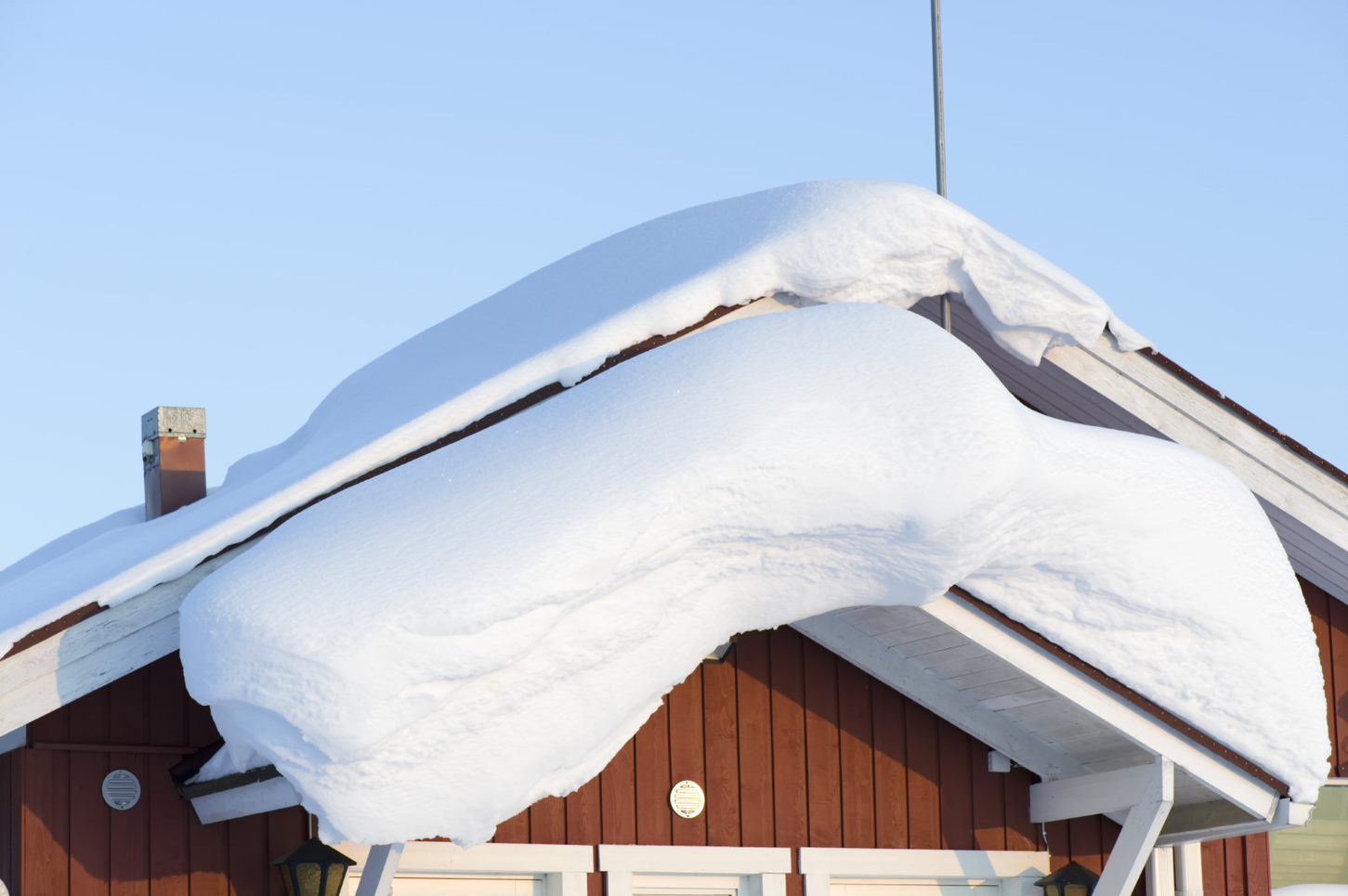
HOW TO DETERMINE HOW MUCH SNOW WEIGHT YOUR ROOF CAN HANDLE
Snowfall can quickly transform homes into charming and peaceful winter wonderlands. While these scenes may look gorgeous, the snow can damage your home – especially because there's a limit to how much snow a roof can support.
Since accumulated snow is extremely heavy, it can lead to significant issues like roof leaks, interior water damage, ice dams and even roof collapse. The experts at ServiceMaster Restoreâ have put together some helpful tips to show you how much snow your roof can handle before dangers ensue, plus information on how to clear snow off your roof safely and efficiently throughout the winter.
HOW MUCH SNOW CAN A ROOF HOLD?
According to the Insurance Institute for Business and Home Safety, most residential roofs in good condition can support 20 pounds per square foot of snow. To help you determine when the snow on your roof may be approaching this weight limit, use these guidelines:
- Freshly Fallen Snow: Around four feet of fresh snow equals 20 pounds per square foot.
- Old, Packed Snow: Around two feet of old, packed down snow equals 20 pounds per square foot.
- Mixed New and Old Snow: Around two to three feet of both new and old now equals 20 pounds per square foot.
While analyzing your roof, keep in mind that flat roofs are more susceptible to roof collapse from the total combined snow weight. This is because meltwater has a higher chance of refreezing on flat roofs before it has a chance to run off, like it would on sloped roofs. If your home has a flat roof, remove the snow more often to prevent serious structural damage from occurring.
HOW TO SAFELY CLEAR SNOW OFF A ROOF
When the snow on your roof accumulates faster than it can melt away, it needs to be cleared off by hand. If you want to clear the snow yourself, use the following proper safety precautions to protect yourself and your roof:
- Never remove snow alone.
- If possible, remove the snow using a telescopic roof rake while standing on the ground to prevent bodily injury.
- Remove snow and icicles from the edges of the roof first. Sometimes, this is all it takes for the rest of the accumulated snow to fall off.
- If you need to use a ladder, make sure that it is in good condition and free of ice. Plant it firmly into a pile of snow before climbing up.
- Always use a safety harness when on your roof. Ensure that the harness is attached to a sturdy anchor point to protect you from serious falls.
- Use plastic shovels when clearing snow off your roof, since metal tools can damage your roofing material and cause structural issues.
Doing your best to stay on top of roof snow removal can go a long way to preventing roof collapse and roof leaks. Unfortunately, winter snowstorms often have a mind of their own, dumping far more snow at once than your roof can handle. If you wake up one morning to an unexpected snowfall and a leaky roof, count on the experts at ServiceMaster Restore for quick and efficient residential water damage restoration services. Our team will create a comprehensive restoration plan and work fast to bring your home back to normal as soon as possible, so you can get back to enjoying this season's festivities.
If you have any questions about our weather damage solutions, learn about our weather damage services or check out our Frequently Asked Questions.